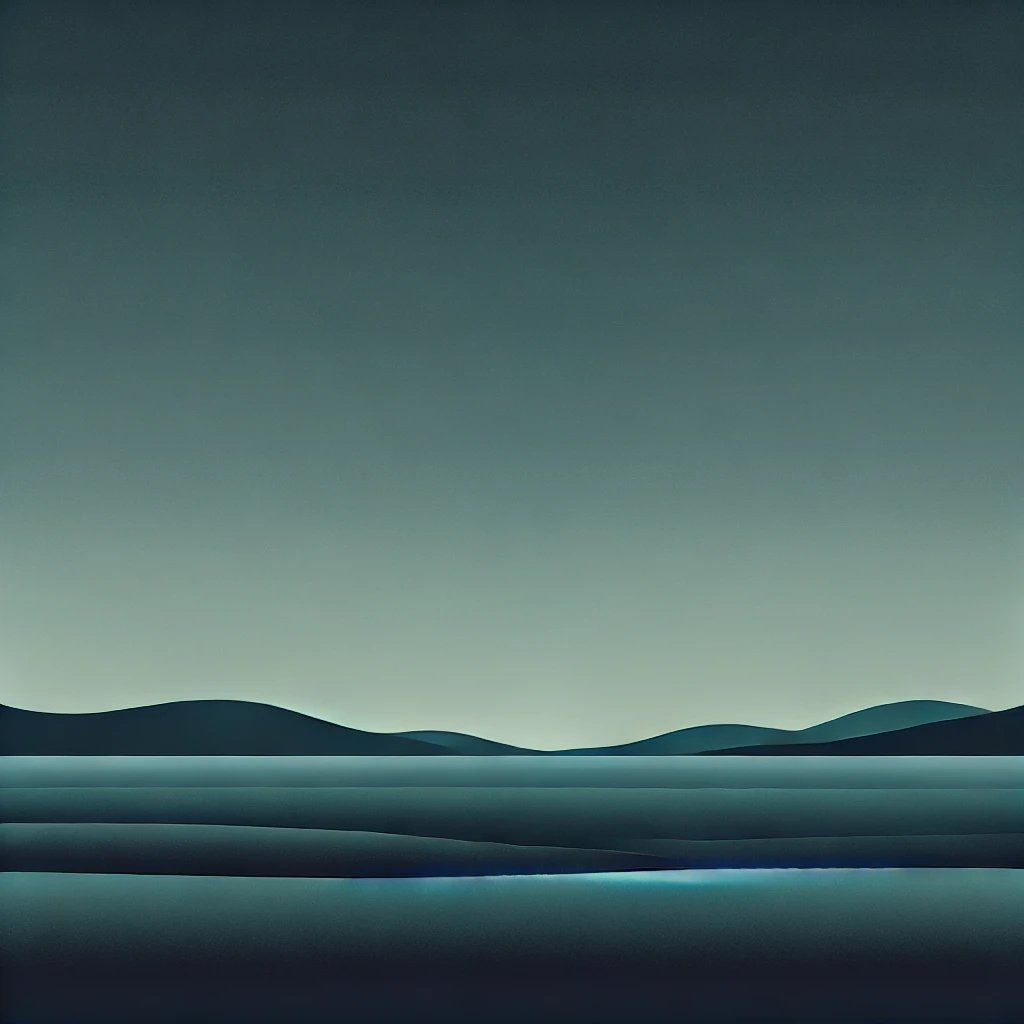Dark Teal: Exploring the Versatile Hex Color

Dark Teal
The dark teal color, expressed in Hex #014d4e, exudes a rich blend of blue and green tones, creating a shade that is both sophisticated and timeless. This color strikes a balance between earthy green and tranquil blue, forming a deep and lush hue that has captivated designers, homeowners, and digital creators alike. Whether used in interiors, fashion, or digital media, dark teal is a hue that offers numerous styling possibilities. This article will explore its use, significance, and applications, as well as how to incorporate it effectively into different design elements.
Dark Teal Hex Color: Origins and Composition
Dark teal is derived from a combination of green and blue, with a subtle hint of gray that darkens the tone. The hex code, #014d4e, represents a low-intensity light that imparts depth without overwhelming vibrancy. This hue finds its origin in nature—often compared to deep ocean waters or evergreen forests—which makes it calming, sophisticated, and versatile in various settings.
Psychological Impact of Dark Teal
Color psychology suggests that dark teal evokes feelings of calm, clarity, and rejuvenation. The hue’s balance between blue and green creates an ideal environment for relaxation and contemplation. This shade has been adopted widely in spaces intended for relaxation, such as bedrooms, reading nooks, and living areas. Moreover, dark teal represents a harmonious blend of tranquility and growth, lending a sense of stability to any setting. Designers often turn to this color for spaces that demand both style and function.
Dark Teal in Interior Design: Timeless and Versatile
In interior design, dark teal has emerged as a popular choice due to its timeless appeal and adaptability across various design styles. Whether paired with neutrals, bold metallics, or soft pastels, dark teal can add an elegant and grounding effect to a room.
Creating Contrast with Dark Teal and Neutrals
Pairing dark teal with neutrals such as white, beige, or soft grays allows the color to stand out while maintaining a refined look. A dark teal accent wall with white or cream furniture offers a dramatic yet balanced appearance. This combination enhances the natural richness of dark teal without overwhelming the space, making it an ideal choice for living rooms, bedrooms, and home offices.
Adding Luxury with Metallic Accents
For those aiming to add a luxurious feel to their interior design, metallic accents can pair beautifully with dark teal. Brass, gold, and copper fixtures contrast effectively against the deep hue, creating an upscale aesthetic that feels both modern and timeless. Lighting fixtures, mirrors, or decor pieces in metallic finishes can emphasize dark teal’s depth and sophistication.
Combining Dark Teal with Warm Tones
Dark teal works well with warm tones, such as mustard yellow, burnt orange, or deep red, which add a touch of warmth and vibrancy. This color combination is particularly suited for eclectic or vintage-inspired interiors where colors are used to convey personality and energy. Upholstery or rugs in warm shades can accentuate dark teal’s refreshing qualities, transforming any space into a cozy haven.
Utilizing Dark Teal in Fashion and Apparel
In fashion, dark teal brings an air of elegance and maturity that works across various styles, from casual to formal. Its subdued tone complements a range of skin tones, enhancing sophistication without overshadowing personal style.
Accessorizing with Dark Teal
Accessories in dark teal, such as scarves, hats, or jewelry, can add a subtle but impactful touch to any outfit. Teal accessories often pair well with neutral clothing, providing a pop of color that is both chic and understated. Teal handbags or shoes are versatile enough to transition seamlessly from day to night, adding depth to any look.
Dark Teal in Formal Wear
Dark teal dresses, suits, or blazers have become increasingly popular in formal attire due to the color’s unique combination of elegance and approachability. This color works well for evening events and is a fresh alternative to traditional black or navy options, making it a sought-after choice in both men’s and women’s formal wear.
Dark Teal in Graphic and Digital Design
Digital design has embraced dark teal for its versatility and visual appeal. This hue works well as a background color or as an accent, drawing attention without overpowering other design elements.
Backgrounds and Borders
Using dark teal as a background or border color can provide a sense of structure and calmness in website design or digital media. It’s often chosen for sections that require focus, such as headers, banners, or calls to action. Its blend of professionalism and approachability makes it ideal for digital platforms aiming to convey a modern yet welcoming aesthetic.
Branding with Dark Teal
Brands that want to evoke a sense of trust, reliability, and modernity often use dark teal in their color schemes. Industries such as wellness, finance, and technology frequently utilize this color in their branding to balance formality with friendliness. For companies, incorporating dark teal in their logos or promotional materials offers a polished, contemporary image that appeals to a broad audience.
Incorporating Dark Teal in Home Decor
Decorating with dark teal offers numerous possibilities. From accent furniture to wall colors, this hue adapts well to various decor styles and preferences.
Accent Furniture
Dark teal accent chairs, sofas, or ottomans can create a striking focal point in any room. Paired with lighter tones or natural wood, dark teal furniture pieces stand out without overpowering a space. These pieces can add personality to both minimalist and eclectic decor styles, infusing a touch of luxury and depth.
Wall Art and Accessories
For a less permanent way to include dark teal, wall art and accessories in this color can be added to create a subtle yet effective impact. Artwork with dark teal elements or decor items such as vases, throw pillows, and rugs can bring a cohesive and refreshing feel to a room. This approach allows flexibility, making it easy to adjust or replace decor pieces over time.
Dark Teal and Natural Elements
Dark teal works exceptionally well with natural elements such as indoor plants, wood, and stone. Placing dark teal decor alongside greenery enhances the calming and rejuvenating effect of the color. Wooden accents, such as shelves or frames, add warmth to dark teal’s cool tone, creating a balanced and harmonious aesthetic.
Using Dark Teal for Mood and Ambiance
Dark teal is a hue that can adapt to create different moods depending on the environment and how it’s paired with other colors. For relaxation, dark teal can be combined with soft neutrals or pastel shades. In contrast, pairing it with bold colors like mustard or crimson creates a lively, stimulating effect. Lighting also plays a role; dim, warm lighting can soften dark teal, making it more inviting, while bright lighting can highlight its cool undertones for a vibrant feel.
Dark Teal in Office and Workspace Design
In professional settings, dark teal offers a balance between calm and focus, making it ideal for workspaces. Whether used as an accent wall, furniture color, or in decor, dark teal contributes to a productive environment.
Enhancing Productivity
Dark teal is known to encourage clarity and focus, making it suitable for offices, libraries, or study areas. This color can reduce stress, create a balanced atmosphere, and improve overall concentration. Adding dark teal to a workspace can enhance productivity while providing a serene environment.
The Impact of Dark Teal on Modern Aesthetics
Modern design trends continue to embrace dark teal due to its versatile and sophisticated nature. As people increasingly seek tranquility and balance in their surroundings, dark teal serves as a bridge between contemporary design and timeless elegance.
Frequently Asked Questions
What colors go well with dark teal?
Dark teal pairs well with neutrals like white and gray, warm tones like mustard and burnt orange, and metallic accents like gold and brass.
How is dark teal different from teal?
Dark teal has a deeper, richer tone with a slightly gray undertone, while standard teal is a lighter, more vibrant blend of blue and green.
Is dark teal a warm or cool color?
Dark teal is primarily a cool color due to its blue-green composition, though it can adapt well when paired with warmer shades.
Where can I use dark teal in home decor?
Dark teal can be used on accent walls, furniture, accessories, or decor pieces to add depth and sophistication to any room.
What mood does dark teal evoke?
Dark teal evokes feelings of calm, focus, and clarity, making it suitable for both relaxation and productivity.
Why is dark teal popular in branding?
Dark teal conveys trust, reliability, and modernity, making it appealing for brands in the wellness, finance, and technology sectors.
Can dark teal be used in fashion?
Yes, dark teal is a versatile choice in fashion, suiting both casual and formal wear with its sophisticated yet approachable tone.
Conclusion
Dark teal, with its deep, calming tones and versatile applications, remains a beloved color in both home and fashion design. Its balance between blue and green makes it a refreshing choice that brings a unique sophistication to any space, accessory, or outfit. From enhancing productivity in workspaces to creating a soothing atmosphere at home, dark teal proves its value across multiple domains. By understanding its impact and learning how to integrate it, anyone can make the most of this elegant and enduring hue.







